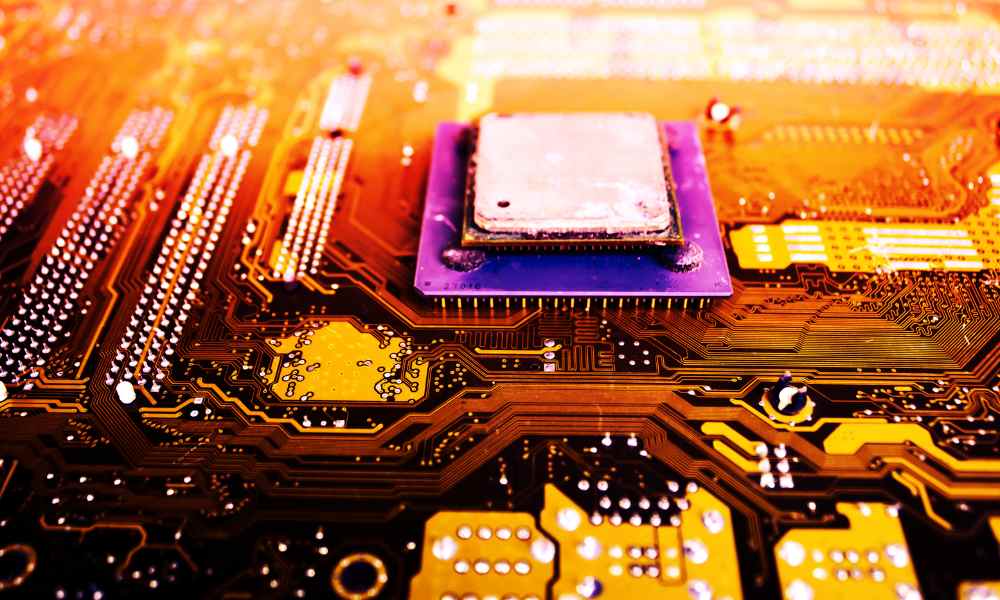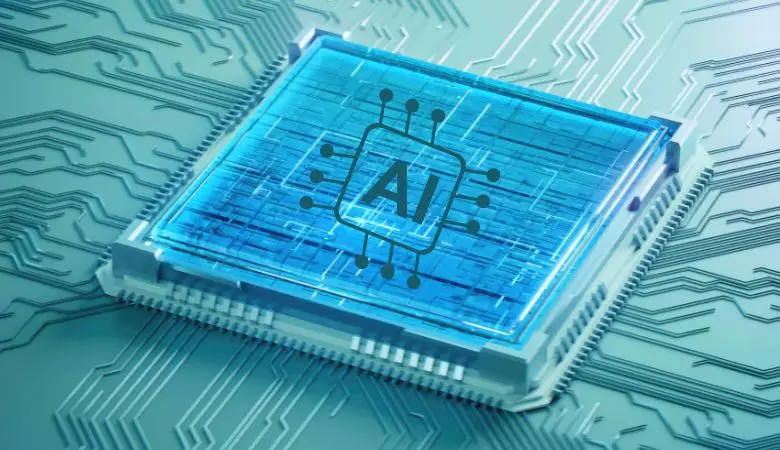What is Free Hardware, and What are the Advantages and Disadvantages

In the world of communications and technology, there is a movement, that of free culture, which is committed to offering free content, but also programs (free software) and physical or virtual tools to make our own devices.
Free hardware would be framed here, the definition of which is currently not completely closed but is on that path. In other words, free hardware is one whose specifications and schematic diagrams are publicly accessible.
Hardware is the physical part of a technological device: that is, a hard disk, motherboard, disk drive and a long etcetera. Therefore, free hardware differs from paid hardware in that the manufacturing processes of these elements are openly shared.
Some examples of free hardware
Arduino
The Arduino concept is directly related to free software and hardware. Arduino is an open-source electronic creation platform. It consists of motherboards that creators can develop, starting from a single board and microcomputers with different functions. Although yes, Arduino (used to teach robotics, for example) requires a Creative Commons license that gives it control over its own brand and the uses it is given.
Raspberry Pi
Conceptually it is the same as Arduino (you can build a perfectly functional small computer with its elements). Still, unlike the previous one, the Raspberry Pi has a single motherboard model and maintains control of its hardware platform.
RepRap Project
We now enter the world of 3D printers: RepRap Project is a project of this type of machine that can replicate itself. That is, we can obtain a 3D printer and use it to manufacture everyday objects. The community integrating this project can copy, study, modify and improve the original model and its source code.
These are just a few examples, but the world of free software is vast and ranges from various computer components to game consoles, cameras, laptop casings, mobile phones and much more.
Advantages and disadvantages of using free hardware
Advantages
It contributes to making these types of elements cheaper.
It encourages the participation and collaboration of the community, always willing to improve their designs and programming.
There is greater freedom when creating, installing or adapting functions.
It promotes the production of new technologies and facilitates the sustainable manufacture of this type of device since there is a tendency to reuse and readapt existing designs.
It encourages the hardware to be of high quality.
Disadvantages
There is little variety in the physical design: normally, we only have one model.
There is an initial cost in purchasing components that, although it does not reach that of a computer (for example), contains the risk that we make a mistake in some step. They are physical items, and there is an outlay, often not a small one.
It is within the reach of very few: you have to have extensive knowledge to take advantage of free hardware.
What happens if there is a shortage of some material? The big manufacturers have stock, but an ordinary user will have more problems. Consider, for example, the crisis of semiconductors essential in manufacturing motherboards.
Also Read: What is WiFi and Curiosities about WiFi






